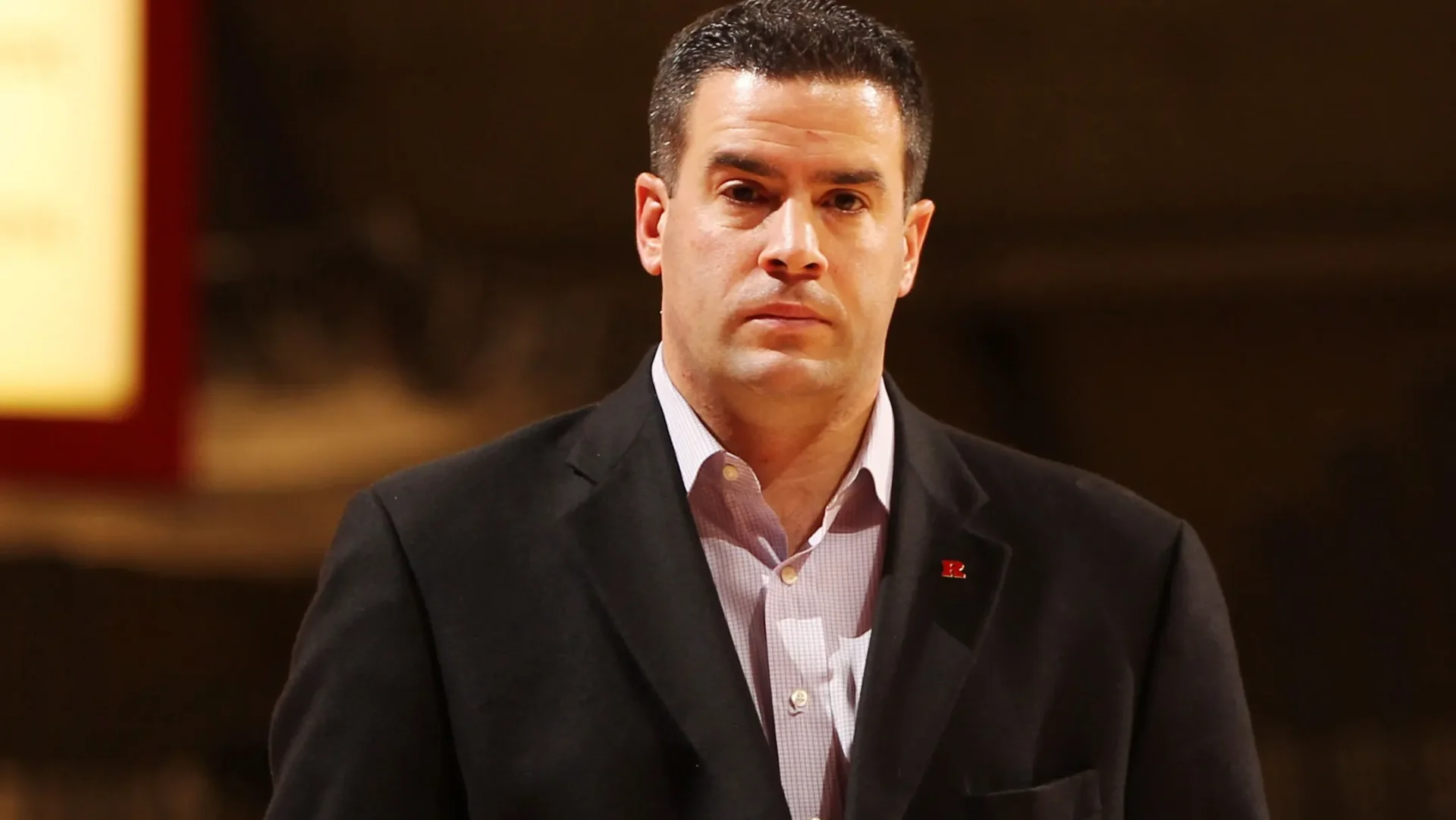In a recent interview with Jon Gruden, now a part of Barstool Sports, Tim Pernetti, the American Athletic Conference (AAC) commissioner, articulated his views on these changes, particularly the potential for a salary cap in college football. This discussion is timely, given the AAC’s position as a mid-major conference navigating the complexities of a new era in college sports.

The Financial Disparities in College Football
Unlike the NFL, college football has historically operated without a salary cap, leading to significant financial disparities between conferences. The SEC, known for its lucrative television deals and deep-pocketed boosters, often attracts top talent away from conferences like the AAC.
Gruden’s comments highlight this issue: “A lot of these guys they choose to leave Tulane, they choose to leave Tulsa, they choose to leave Charlotte, USF to go play in the SEC for more money.” This talent migration underscores the competitive imbalance that a salary cap could address.
The introduction of revenue sharing, mandated by the House settlement, marks a pivotal change. Schools can now directly compensate athletes, with an initial cap of $20.5 million annually. This settlement, approved by the NCAA and power conferences, aims to distribute a portion of the billions generated by college sports back to the athletes.
However, as Pernetti noted, “It’s going to allow schools to directly revenue share with their student athletes up to a cap… but you have collectives and other groups that are generating NIL income.” This duality of a cap and unregulated NIL income creates a complex financial environment.
The Case for a Salary Cap
The idea of a salary cap in college football is not new, but it has gained traction as the financial stakes have risen. Jon Gruden, drawing from his NFL experience, posed a critical question.
“Isn’t there a salary cap on the horizon where we all have the same amount of money to pay players?” Pernetti’s response was pragmatic: “Yeah, it is.” His frustration reflects the broader sentiment within mid-major conferences that, without a cap, the rich get richer, and the competitive gap widens.
A salary cap could theoretically level the playing field, ensuring that all schools have a similar budget for athlete compensation. This would be particularly beneficial for conferences like the AAC, where SEC programs often outbid schools like Tulane, Memphis, and USF. However, implementing such a cap is fraught with challenges, including legal hurdles, the existing structure of NIL, and schools’ varying financial capacities.
Is a salary cap coming to college football?
I got to sit down with the commissioner of the @American_Conf Tim Pernetti to discuss the present and future state of college sports!
Check out our interview it’s live now! pic.twitter.com/oemYZT3Kvc
— Jon Gruden (@BarstoolGruden) June 4, 2025
The House Settlement and Its Implications
The House settlement, which allows for direct revenue sharing, addresses some of these imbalances. Set to begin in the 2025-2026 season, this settlement caps the amount schools can share with athletes at $20.5 million annually, with potential increases in subsequent years.
Pernetti acknowledged this as “a step in the right direction,” but cautioned, “I’m not convinced this will solve all the industry’s problems.” The settlement’s impact will be closely watched, particularly in its interaction with NIL and collectives.
KEEP READING: Predicting the Starting QB for all 14 AAC Teams: Tulane Football Turns To Kadin Semonza?
For the AAC, this settlement offers a glimmer of hope. It provides a framework where schools can compete more fairly, at least within the confines of the cap.
However, power conferences will likely continue to leverage their financial advantages through NIL and other means. The AAC’s strategy must focus on maximizing its revenue-sharing potential while strengthening its NIL infrastructure to retain and attract talent.
College Sports Network has you covered with the latest news, analysis, insights, and trending stories in football, men’s basketball, women’s basketball, and baseball!

